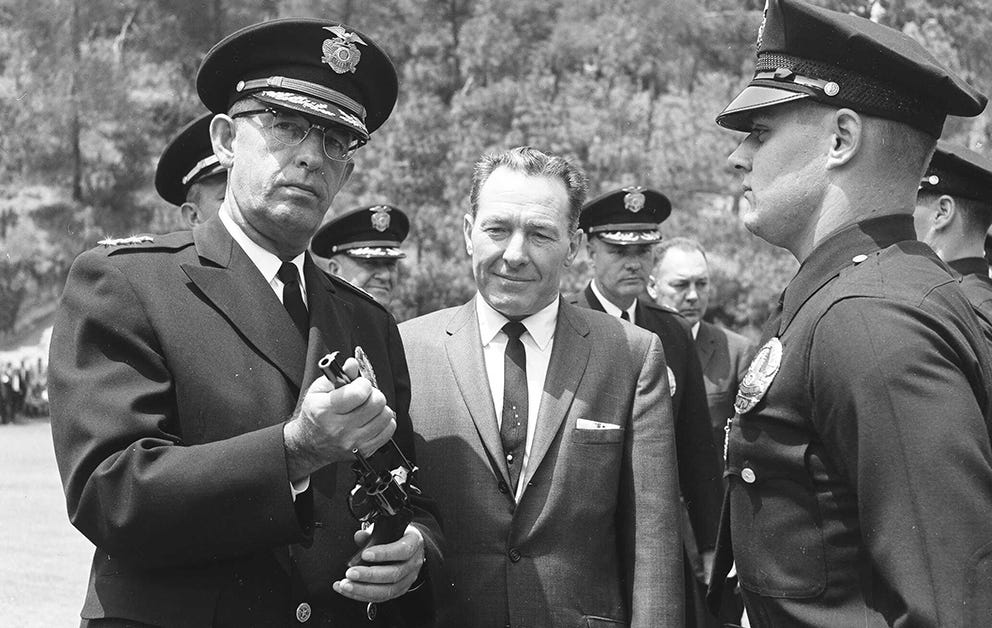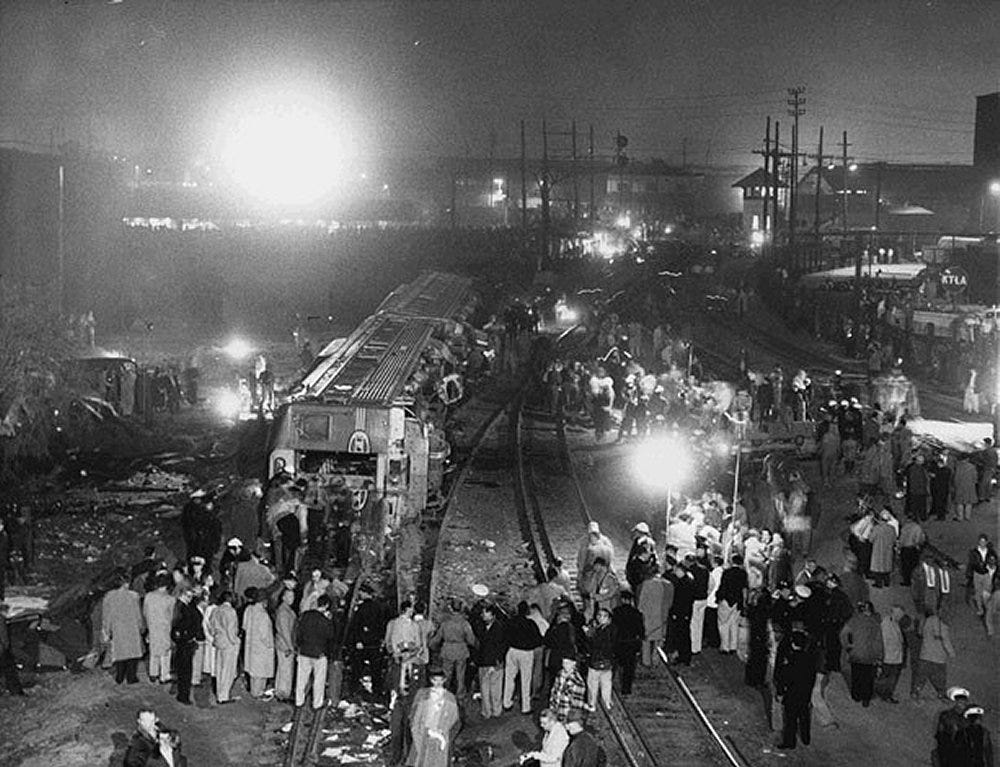Rarely used in everyday speak anymore, save for a wry reference here or there from an older Angeleno, “Sig Alert” was once the blanket term to indicate something just completely fucked up traffic in L.A.
Younger millennials in Los Angeles and the surrounding area may know it in the phrase, “did you check SigAlert?” As in, did you check the SigAlert website before leaving the house? I did all the time, especially when I was commuting from Corona to Fullerton and L.A.—the 91 Freeway, among others, was my vehicular nemesis. SigAlert.com was the pre-smartphone website that in real-time tracked traffic patterns and congestion for all the major and minor concrete tributaries across the southland. It’s still operational though its interface and design hasn’t been updated in a long time. I actually love its late 90s/early aughts simplicity and aesthetic. It’s nostalgic and cool again, in that “fashion is cyclical” way, like trends from 20 years ago returning, for better or worse.
After printing out the directions from Mapquest to some party in the confusing, curving streets of the hills (whichever hills the party was in), we’d check SigAlert.com to see which freeway to take. The irony is, this would often make things worse. Spending 20 minutes to see which route was going to lighten up and woefully watching each entryway get redder and redder, cursing under our breath, “fuck, we should have left 20 minutes ago.”
But what does “Sig Alert” mean? Where’d that name come from?
Enter its inventor: Loyd Sigmon, an ex-Army Signal Corps radio operator turned executive at Golden West Broadcasters—a media company owned by Gene Autry. Its main station was KMPC-AM 710, the flagship broadcaster for the Dodgers in the late ‘50s. (Today it is KSPN as in ESPN LA. The original call sign of KMPC now hosts Radio Korea, serving the largest Korean-American community in the United States.)
Sigmon was looking to get an edge over television. At the same time, car culture in L.A. was accelerating. Auto accidents were before both minor and few and far between. Now with an influx of drivers crowding the city and freeways, Sigmon saw an opportunity.
In 1955, he came up with an idea and pitched it to chief of police William H. Parker. What if when the LAPD picked up a major accident there was a system in place to immediately broadcast that information over the radio? He created a machine that could be triggered by a specific tone on the end of the police. They’d hit the tone which would trigger a tape recorder and they would broadcast their emergency bulletin. The radio station could then carry that recording over to the airwaves right away.
Parker accepted on the terms that the technology be given to every radio station, not just KMPC. After its inventor, the police chief named the bulletins Sig Alerts.
Then, and to this day, a Sig Alert is generated when the responding officers (CHP took it over from the LAPD in the late ‘60s) estimate the accident will cause more than a 30 minute delay in usual traffic. But initially the Sig Alerts weren’t only restricted to traffic jams. They would alert the city to any number of cautions—a rabid dog on the loose, a ship collision in the Los Angeles harbor, a warning about the impending collapse of the Baldwin Hills Dam (fun fact: KTLA covered the collapse from a helicopter, which was possibly the first live aerial news event.)
In one instance, a pharmacist mistakenly gave out the wrong prescription. It would have been fatal had the person taken it. They sent out the Sig Alert and the patient was made aware of the mistake before taking the medication.
One of the first major Sig Alerts was for the Redondo Junction train wreck. On January 22nd, 1956, a Santa Fe Railroad train running the Surf Line flipped on a curve southwest of Boyle Heights, killing 30 people. A Sig Alert went out requesting assistance from any medical professionals. Ironically, so many doctors and nurses, as well as the plain curious citizen, rushed to the scene that it caused a major traffic jam, of course.
Today it is primarily used for freeway accidents and closures. Radio stations just take the information from the CalTrans website and broadcast it themselves but the term lives on.
Although this was technically a departure from the mission of this newsletter, as always, thanks for taking surface streets with me.







